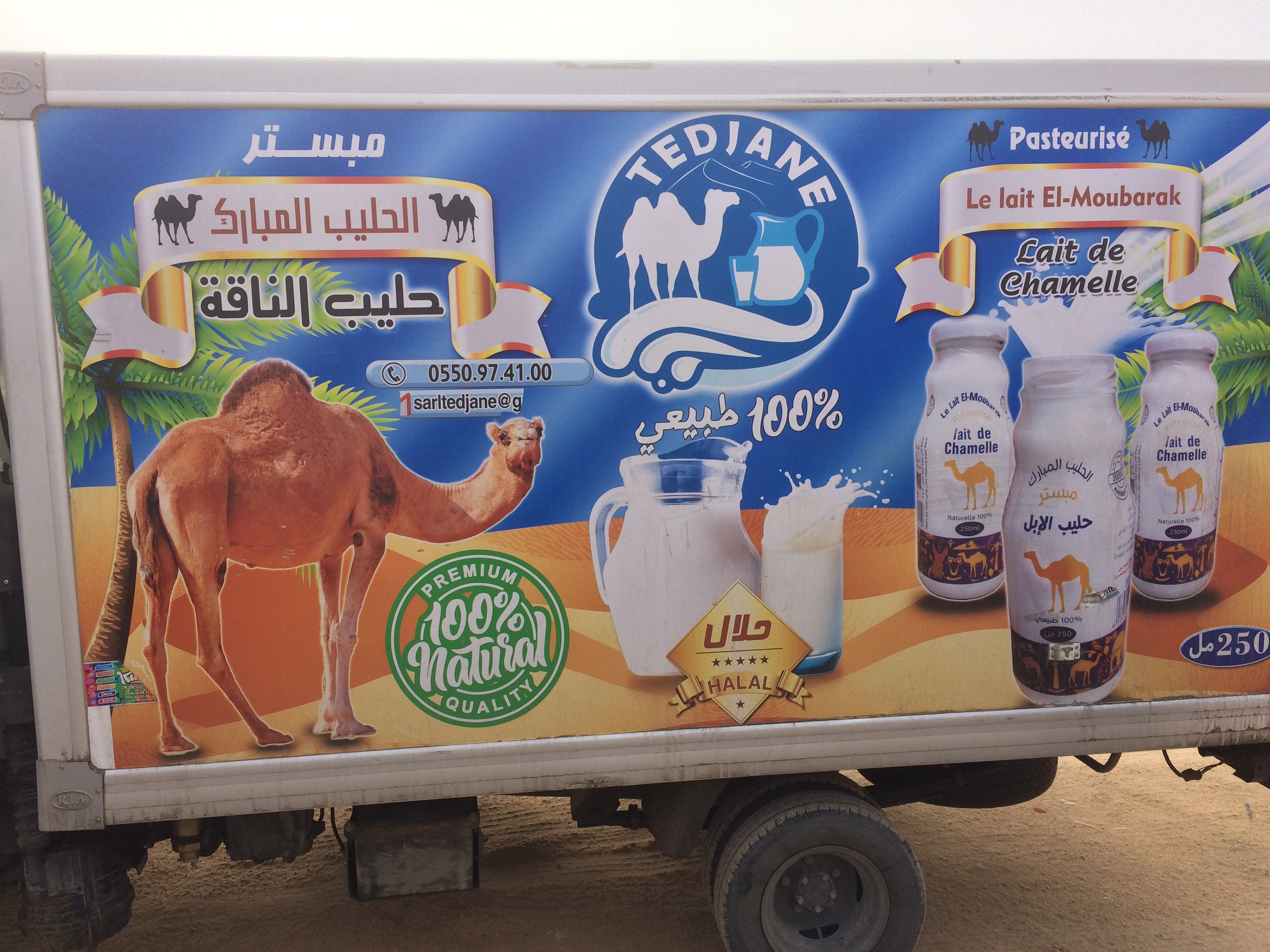Commerce en ligne du lait de chamelle : nouveaux acteurs, nouveaux marchés (Actualisation)
DOI :
https://doi.org/10.19182/remvt.37041Mots-clés
lait de chamelle, consommation, exportation, commerce international, commerce électroniqueRésumé
La croissance rapide du cheptel mondial de dromadaires et de chameaux vise notamment à répondre à une demande croissante en lait de chamelle. Nous analysons ces mutations en étudiant le commerce en ligne, apparu récemment, de produits issus de lait de chamelle. Cette étude souligne l’émergence d’acteurs investis dans la production intensive de lait de chamelle, mais aussi dans le commerce de lait en poudre, de lait fermenté et de fromages. Ces nouveaux entrepreneurs du lait de chamelle sont implantés pour une bonne partie dans des pays dépourvus d’élevages camelins, notamment en Europe, aux Etats-Unis, au Canada et dans plusieurs pays émergents. Les prix du lait vendu par internet sont extrêmement variables, soulignant que ce marché est en cours de construction. L’émergence de ce commerce reflète une dynamique d’innovation duale. A cette économie laitière entrepreneuriale basée sur des échanges entre des fermes d’élevage intensif et des consommateurs éloignés s’oppose en effet une économie laitière de proximité basée sur le commerce périurbain de lait frais fortement corrélé aux systèmes pastoraux. Nous concluons sur des pistes de recherche et de développement pour rendre le commerce numérique de lait de chamelle plus inclusif.
Téléchargements

Téléchargements
-
Résumé1227
-
pdf 743
Publié
Comment citer
Numéro
Rubrique
Catégories
Licence
© G.Konuspayeva et al., publié par CIRAD 2022

Ce travail est disponible sous la licence Creative Commons Attribution 4.0 International .
Funding data
-
Partnership for Research and Innovation in the Mediterranean Area
Grant numbers No. 1832 Camelmilk





